FULL FILM FOR VIEW AND DIRECTOR Q&A WITH ARGENTINE CONCEPTUAL ARTIST SYD KROCHMALNY
On September 22nd, 2015, Argentine Conceptual Artist and Director Syd Krochmalny debuted his 42-minute short film, “Blanchot en Buenos Aires” (or, The Writing to Come). Artifactoid is excited to announce that the unique and poetic art film, related to the theory of French writer, philosopher, and literary theorist Maurice Blanchot, is available for your view right on our site following the below trailer and exclusive Director Q&A.
Artifactoid: What inspired you to create a film about Blanchot?
SK: Having worked with the theme of “the community” in some of my previous works, the director of the masters program in “Interdisciplinary Studies of Subjectivity” at the University of Buenos Aires wrote to me to put me in touch me with Dr. Noelia Billi, who was organizing a series of conferences on Maurice Blanchot at the National Library. Blanchot is known for working with the idea of the community, so this connection made sense.
After several meetings with Dr. Billi, I formulated the following question: What can I do beyond merely interpreting Blanchot and his literary theory? I immediately thought of a double hermeneutic: I wanted to not only interpret Blanchot, but to interpret the interpretations of Blanchot created by his readers. Then, I started to think of a possible action I could take to accompany this idea: How can I build a bridge that connects Blanchot and his readers in Buenos Aires on one side, and the poets of Buenos Aires on the other side? This problem led to the creation of the film.
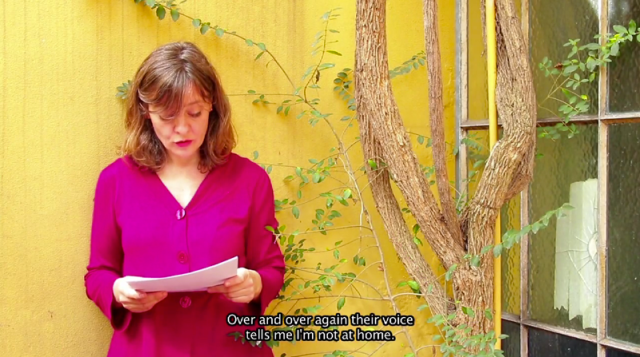
Artifactoid: How did you decide upon the unique style and format of this film?
SK: I thought the best way to work with these questions would be a film, but not a conventional documentary. I was not interested in preexisting connections, but rather in making a film that could create its own connections. The majority of documentaries expose something existing, either past or present — something that preexisted the documentary. What I aimed to do with this film was create a documentary about something possible or imaginary, that doesn’t yet exist. In other words, the idea wasn’t to do research on the reception of Blanchot in Buenos Aires, but instead, imagine a poetic of Blanchot (a style of Blanchot-like thinking), imagine the possible connections between Blanchot, literary theory, and local poetry.

Artifactoid: Once you had the original concept and format in mind, how did you bring the film to life?
SK: The next step was to figure out how to make this concept visible. I chose to represent it as two axes hinged together. The first axis was to work with a site-specific dimension (within the limits of Buenos Aires). The second axis consisted in transforming the concept into a narrative story.
For the first axis (the site-specific dimension) I decided to work with the geographic space and human resources I had at hand. For the first location, I chose the National Library, where the final video would eventually be projected, and where the intellectual capital of Buenos Aires and Argentina is stored.
Second, I chose the UBA’s Philosophy campus as a “resonant space” of Blanchot’s thought. Finally, I chose the artistic research center called, “Canal de Interferencias Artísticas,” as a space that crosses between “the poetic” and “thought,” — a space that ties together the library and university.
In addition, I decided to include Dr. Noelia Billi, who was finishing her doctoral thesis on materialism and language on Blanchot philosophy. Her research team also participated in the project, not only with the philosophical content of the project itself, but with technical operations, either as assistants, producers, cameramen or sound engineers.
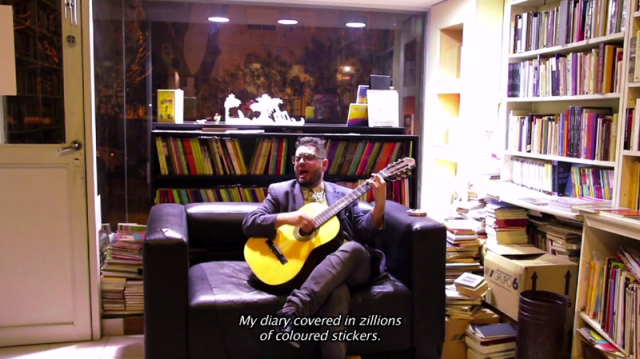
For the second axis (transforming the concept into a story), my idea was to articulate the concept in the following narrative sequence (synopsis):
Just before submitting her doctoral thesis on materialism and language, a Philosophy student comes across “The Blanchot Box” in the National Library: an unpublished project commissioned by Alberto Greco in a letter to the poet Ricardo Carreira. In the hands of the student, this unfinished work will [start to] take on a life of its own, tracing a/constructing a strange path/space out of the voices of philosophers and poets reflecting on the possible resonances of Maurice Blanchot’s thought in Argentine theory and poetry.
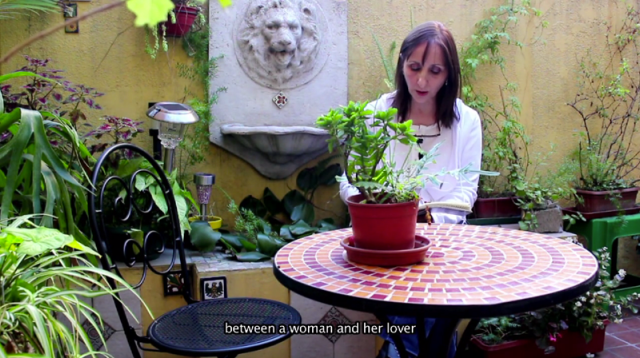
Artifactoid: What is the reasoning behind the narrative structure of this film?
SK: For this film I was interested in using a poetic structure typical of Blanchot when telling the story: an open and undefined structure (as opposed to an Aristotelian poetic; a poetic of representation with a beginning, middle and end, typical of Hollywood movies).
The goal of the film is to demonstrate the ability to attach and detach the visible from its meaning, the words from their effects; attribution to reconfigure the distribution of certain provisions of the visible and thinkable. In this case, an imaginary system of a philosophical and poetic community that bring Blanchot to life through their words and sentences.

Artifactoid: How did you select the different philosophers and poets that you chose to include in the film?
SK: The video references different poets that can be aggregated in two groups. The first one contains writers that Blanchot wrote about in his books: Borges, René Char, Beckett and Mallarmé. The second contains the writers that I believe have possible connections with Blanchot’s topics and poetics. For example, Ricardo Carreira and his lyric materialism, where the writing is outside the will of the representational, and the words are how things work. These two ideas are also part of Leónidas Lamborghini‘s rewritings. Then, the others poets are connected with different topics that are part of the Blanchot Literary Theory: Vanna Andreini and “language,” Marina Mariasch and “the everyday life,” Francisco Garamona and Claudia Masín and “the aestethics of rocks.”
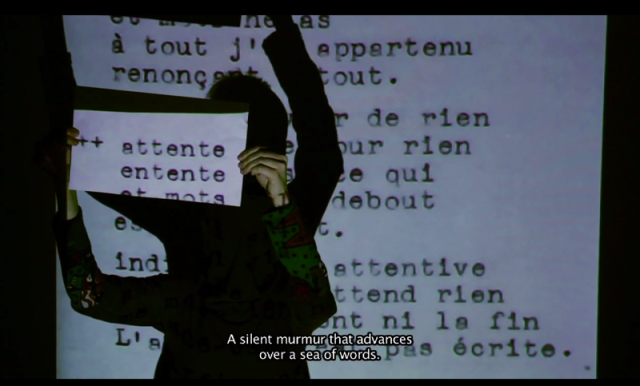
Artifactoid: Why did you decide to work with the idea of the “Blanchot Box?”
SK: I worked with the idea of the Blanchot Box to give an image to the concept of the words and how things work. In other words, I transformed the image of the book into a box, and the idea of words into objects. If we think about artists who work with boxes, the first who comes to mind is Marcel Duchamp. And, a possible connection linking this idea to Buenos Aires is Alberto Greco: the first conceptual artist from Buenos Aires (and an artist who did different art-box projects). In addition, the role of Carreira in this film has to do with that he is a conceptual artist and writer who never had contact with Blanchot, but from my point of view, the literary theory and poetic of Blanchot resonates in Carreira’s poems: the writing is outside the will of representation, and words are how things work.

Artifactoid: How can this film be interpreted?
SK: On one hand, “Blanchot en Buenos Aires” can be interpreted as creative research, because for this film I didn’t research the literary thought of Blanchot nor his reception in Buenos Aires, but instead, I researched his possible and imaginary connections with his readers and the poets of Buenos Aires. In turn, the working methodology was flexible rather than circumscribed to conventional or tested methods of scientific and humanistic research.
On the other hand, one might think of this work within the framework of “non-creative writing.” I wove poems together with other analysis, without the need to ascribe signs to each participant indicating their names and professions. In a way, it was an appropriation.
Finally, both dimensions, creative and non-creative, were articulated by a fictional story that the viewer can investigate on his or her own. I am interested in the freedom of the viewer, or to quote a famous French philosopher: “the emancipated spectator.”
To conclude, Artifactoid is pleased to present the full film, “Blanchot en Buenos Aires:”
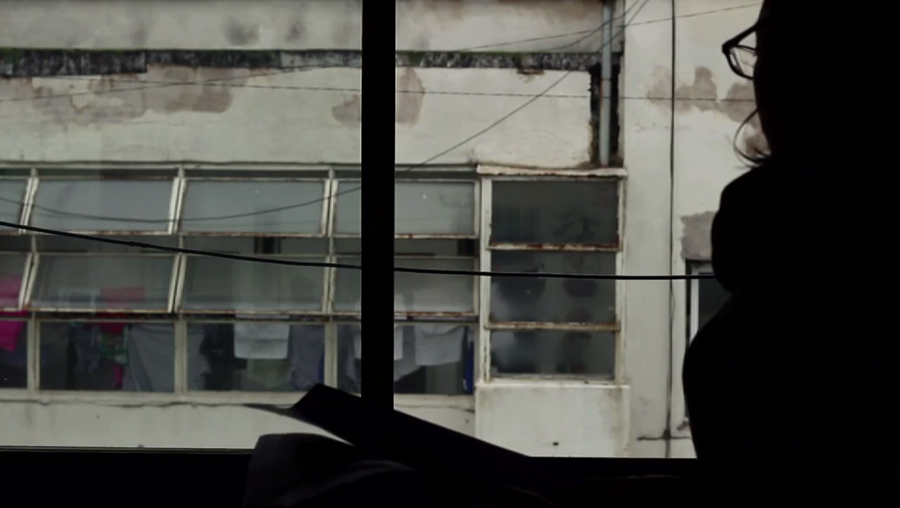
No hay comentarios:
Publicar un comentario